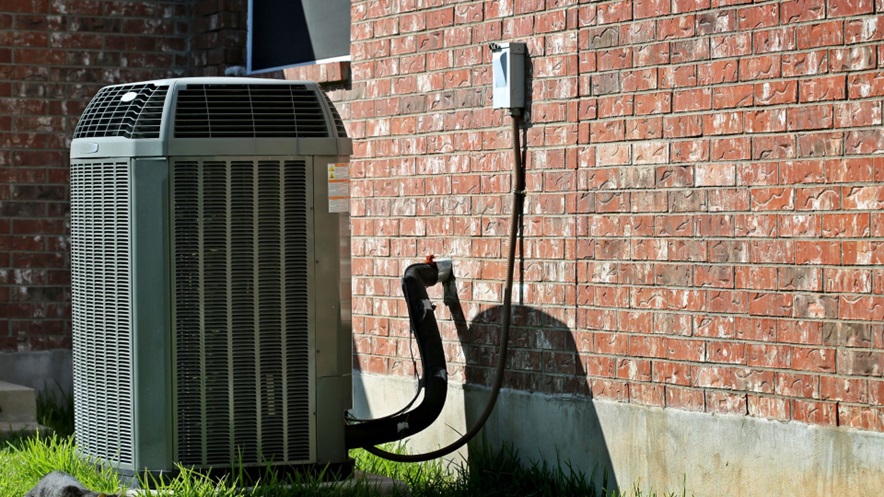
Many homeowners often face this question when their air conditioning system starts to break down or become inefficient: “Can I replace just the outside AC unit in my home?” The answer to this question is not so simple, and there are several factors to consider before making a decision. In this article, we will explore your options and the benefits and drawbacks of replacing only the outside AC unit.
Understanding the Components of Your AC System
A typical central air conditioning system consists of two primary components: the outdoor unit (condenser) and the indoor unit (evaporator coil). These two components work together to provide efficient and effective cooling for your home. The outdoor unit houses the compressor and condenser coil, while the inside unit contains the evaporator coil and is often connected to your furnace or air handler.
When these two components are mismatched or not correctly installed, it can cause performance and efficiency issues, leading to higher energy bills and decreased comfort. In this case, you would need to replace both the outside and inside AC units, as well as make sure that the system is installed correctly. For more information on AC installation and determining how long the process may take, refer to this helpful blog post.
Factors to Consider When Replacing Your Outside AC Unit
Replacing only the outside AC unit might seem like a cost-effective solution, but there are several factors to consider before making a decision.
1. Age and Condition of the Indoor Unit
If your indoor unit is relatively new and still in good condition, replacing only the outdoor unit may be a viable option. However, if the indoor unit is old or shows significant signs of wear, it might be more cost-effective to replace the entire system to ensure optimal performance and efficiency.
2. Matching Component Specifications
It’s essential to ensure that the new outdoor unit matches the specifications of your existing indoor unit. Mismatched components can lead to reduced efficiency, increased wear and tear, and potentially even damage to your system. Ensure that the new outdoor unit is compatible with your indoor unit and meets the requirements set by the manufacturer.
3. Warranty Considerations
In many cases, replacing only the outside AC unit may void your system’s warranty, especially if the components are not matched correctly. Before making a decision, check the warranty terms for your existing system to understand the potential impact.
4. Cost-Effectiveness
When considering the cost of replacing just the outside AC unit, it’s essential to factor in the potential long-term savings that may come with a complete system replacement. With properly matched components, a new system can provide greater energy efficiency, reduced maintenance costs, and improved cooling performance.
Installation
If you have decided to replace your outside AC unit or require a full system replacement, it’s crucial to hire professional AC installation in Atlanta services to ensure optimal performance and longevity for your new system. By working with experienced technicians, you can minimize the potential risks associated with mismatched components and ensure the correct installation of your new AC equipment.
To Sum Up
While you may be tempted to replace just the outside AC unit in your home to save on costs, it’s crucial to consider factors like the age and condition of your indoor unit, matching component specifications, warranty considerations, and overall cost-effectiveness. Collaborating with professional AC installation services can help you make the right decision for your home and ensure that you get the most out of your new system.
